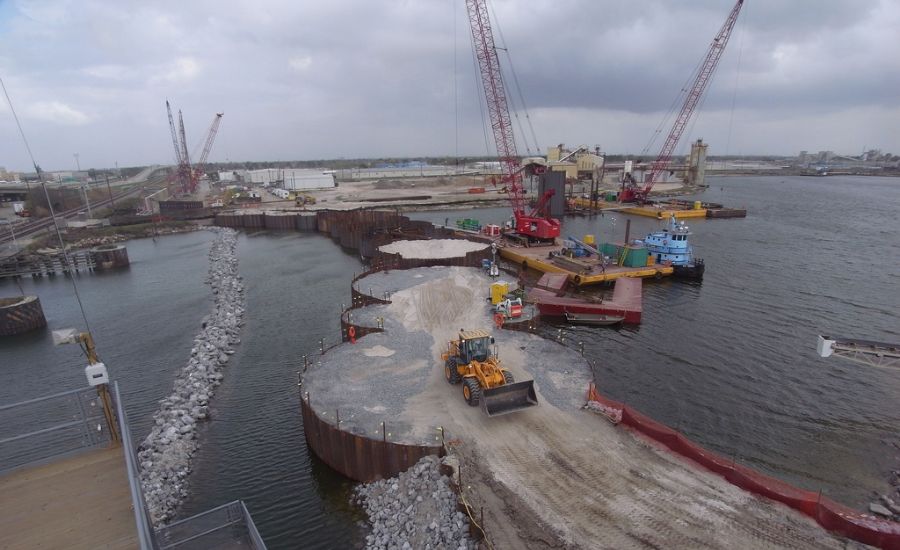The world’s largest coalition of engineers said it aims to have its members influence or deliver 12,600 projects in 2,000 cities to improve climate resilience for 400 million people by 2030.
To help reach that goal, the International Coalition of Sustainable Infrastructure plans to unveil “Infrastructure Pathways” in early November for the 2021 United Nations Climate Change Conference (COP26), being held from Oct. 31 to Nov. 12 in Glasgow, Scotland.
The infrastructure resilience initiative, being launched with nonprofit The Resilience Shift and design firm Arup, intends to organize information and guidance on resilient design with links to tools to help project stakeholders develop infrastructure systems adapted to climate change.
“Infrastructure Pathways” will use a whole lifecycle approach to promote infrastructure resilience, says ICSI, which began in 2019.
It will be organized into four macro lifecycle phases and nine subphases to show how climate resilience can shape every stage of a development, from prioritizing a project to construction and eventual decommissioning. The initiative will connect to a library of resources from 75 organizations such as U.N. agencies, the American Society of Civil Engineers, the World Bank and the C40 Cities Climate Leadership Group, which the ICSI project team is compiling into practical guidance.
Project lead James Bodnar-Horvath, an Arup consultant, notes resources in the guide that could be used by governments, investors, designers, engineers, contractors, owner-operators and other professionals working on projects of any scale or in any sector.
“The themes and actions included have the aim to make climate resilient thinking and available guidance more accessible,” he says. “I would go as far as to say that any infrastructure project from construction of a new metro system to redevelopment of a residential street or wind farm could use this resource.”
The guidance would allow professionals to explain why infrastructure changes are needed to meet challenges of climate change, such as flooding or extreme heat, and present the business case by showing that a potentially higher up-front investment could mean greater long term benefits, Bodnar-Horvath says. “Traditionally, resilience value in general is eroded as you move through the lifecycle as trade-offs between cost, funding and need are undertaken.”
ICSI plans to publish “Infrastructure Pathways” online for quick and easy access, and also as a series of standalone volumes covering each phase of the infrastructure lifecycle.
The coalition says its influence reaches more than 200,000 engineers in more than 175 countries. ASCE, a founding member, has long advocated for sustainable development and sought solutions to climate change.
ICSI announced its pledge to promote resilient infrastructure on Sept. 20 after joining the U.N. Framework Convention on Climate Change Race to Resilience campaign as one of its 24 partner initiatives.
The Race to Resilience is a sibling campaign of the U.N.’s Race to Zero climate efforts aimed at cutting carbon emissions to zero by 2050 and helping communities deal with climate change effects, or as the campaign says, creating “a resilient world where we don’t just survive climate shocks and stresses but thrive in spite of them.”
ICSI Chair Richard Threlfall, who also is global head of infrastructure at management consultant KPMG, said, “Through the Race to Resilience campaign, we want to give the engineering community a platform to be at the forefront of climate action, harnessing the ability to provide sustainable and resilient solutions for infrastructure, and delivering impact ‘on the ground’ where it’s most needed,”
Other planned ICSI publications related to the effort include a common set of indicators for resilient infrastructure and a searchable database of innovative projects to highlight their best practices.




Post a comment to this article
Report Abusive Comment